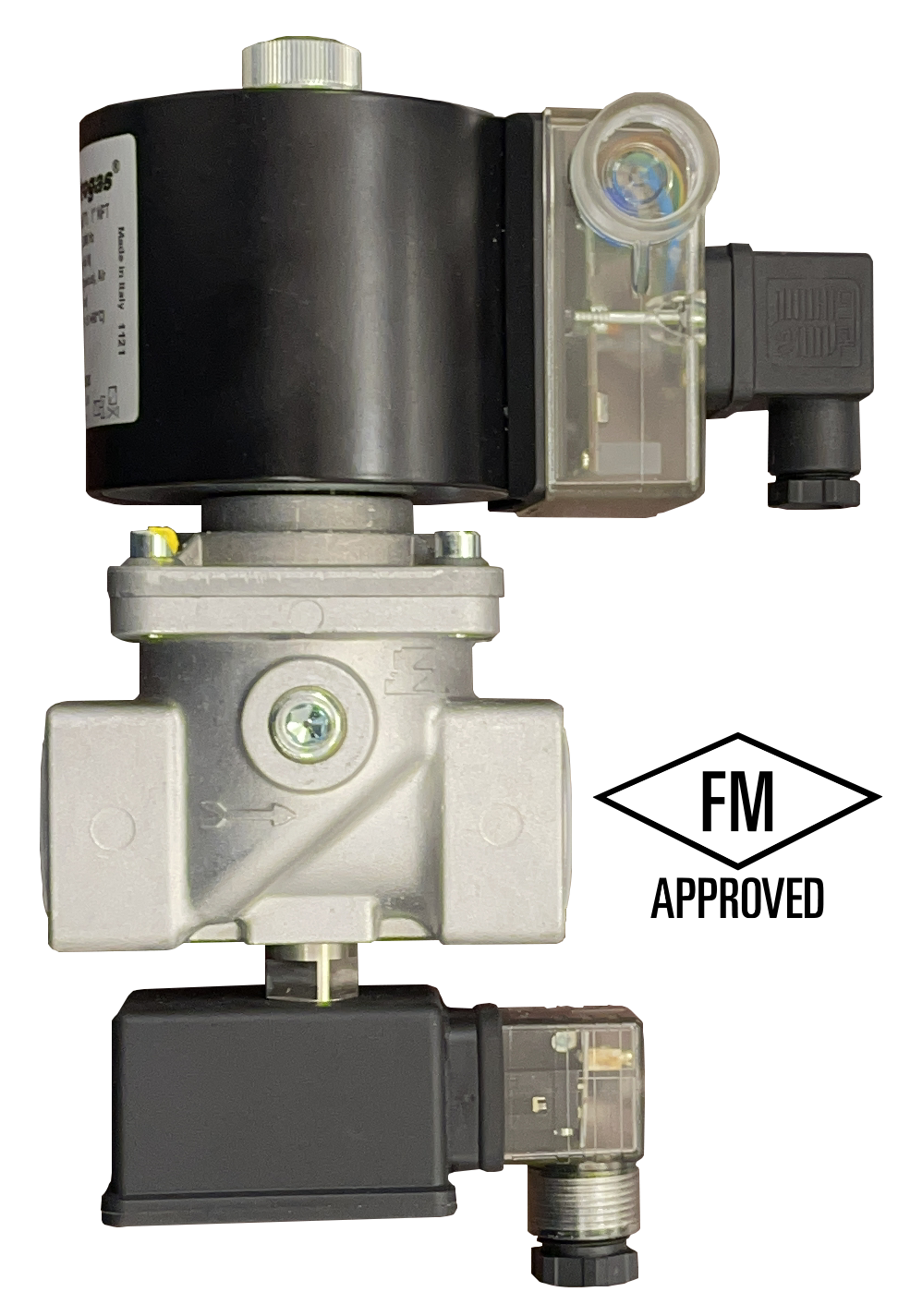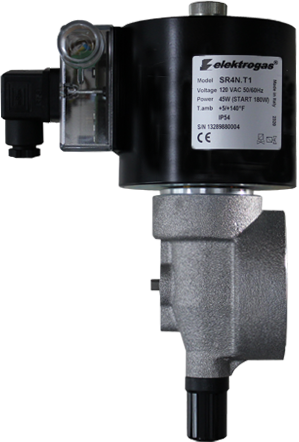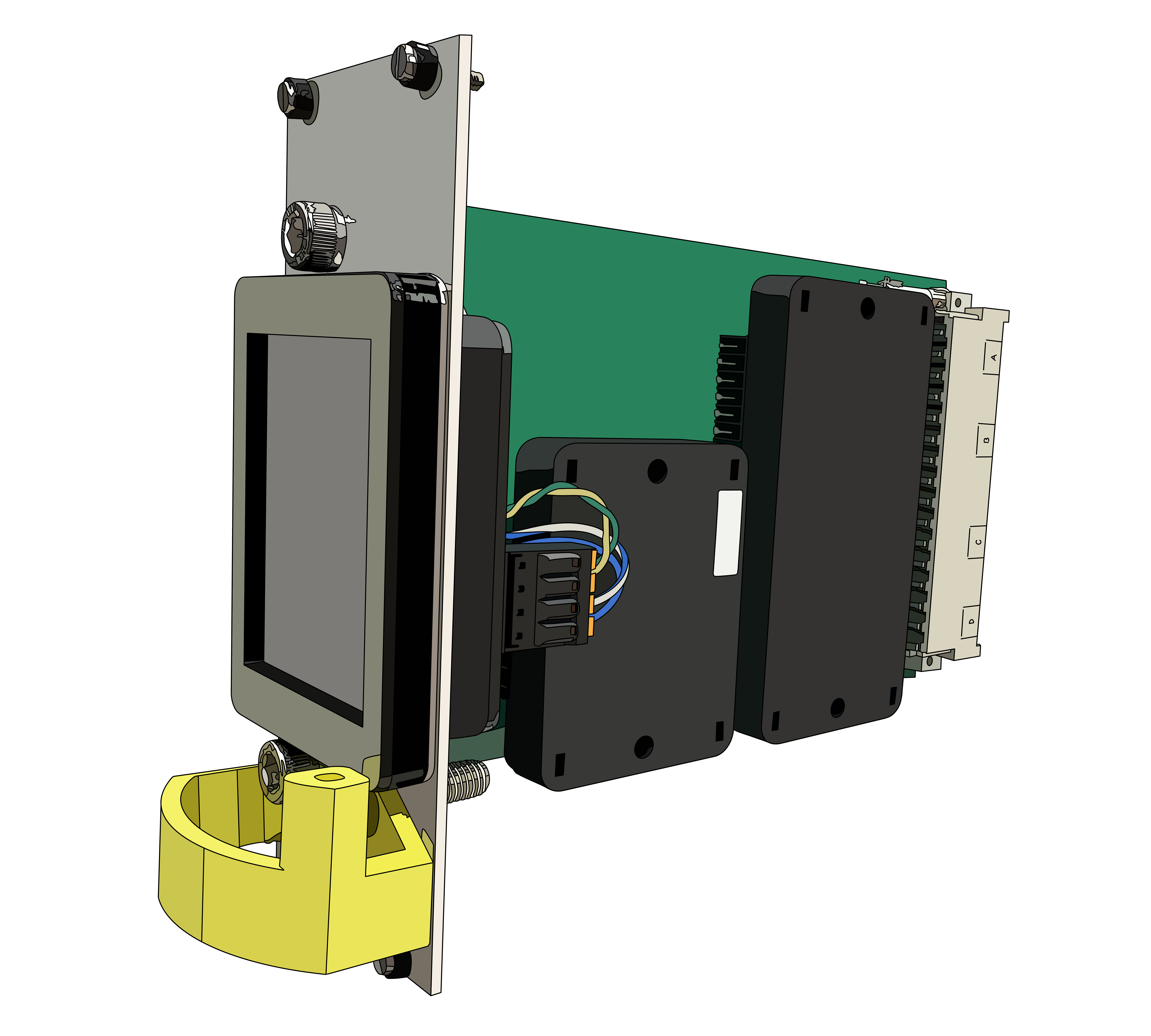Now that you’re familiar with the history, ideas, and benefits of pulse-fire, it’s time to look at implementation. Knowing what you do about the demands that pulse-firing exacts upon components, you want to make sure to get the most for your money, so you don’t wind-up spending your fuel savings on replacements.
VMR, VML, VMM
Elektrogas safety shut-off solenoid valves VMR, VML, and VMM were designed with pulse-fire in mind, suitable for millions of operating cycles in ideal conditions. These solenoid valves are known for their extremely high operating cycle rating and robust construction. Available in a range of size, power, and max. pressure options, there’s a model suitable for most applications. The thoughtful design allows for simple spare parts installation, if needed.
VMR (fast opening) and VML (slow opening) may be used with gas and air, and are available with optional proof of closure device and/or visual indication, in models for 3, 5, 7, or 90 PSI max. VMM is a true double valve, sharing one cast body. VMM can be outfitted with a “V3,” pilot or bypass valve at the factory.

Burners for Pulse-fire
Reliability is the key attribute of a good pulse-fire burner. The burner must light easily and reliably. Today there are many quality burner brands to choose from, including Santin, ESA, Noxmat, Kromschröder, WS, and more. These burners are used in a wide range of applications, like metals (ferrous and non-ferrous), automotive, ceramics, textiles, wood, paper, and food processing, not to mention thermal after-burning, hot air generation, and drying applications.
Combustion 911 offers burner options from many different manufacturers, according to the application and the needs of the customer. Burner performance is the paramount concern, but lead time, cost, and availability of spare parts are all important considerations.

Solenoid Actuated Butterfly Valves
Designed for rigorous use and the maximum amount of operating cycles, Elektrogas butterfly valves and solenoid actuators offer a variety of combinations, making them an excellent choice for a wide range of pulse-fire systems.
Elektrogas solenoid actuators come in two sizes, with options for electrical connection, enclosure rating, operating voltage, and actuating speeds. Setting the low- and high-fire positions is a breeze.
Elektrogas solenoid actuators can be adapted to any of the butterfly valve styles they offer, from threaded butterflies to standard (low temp) wafer-style butterflies, and including high temp wafer-style butterfly valves.

MPT-C911
Until recently, the most cost-effective, compact pulse control could be achieved by using Kromschröder’s MPT 700 impulse system in conjunction with PFU automatic burner control units, mounted in a 19 inch sub-rack. This versatile system could be tailored to meet individual needs, and was designed for door or panel mounting in a control enclosure.
The MPT 700 module provided pulse-fire control for the PF-19 system without programming — simply connect the PF-19 to your own series limit string and temperature loop controller and you have a complete combustion system. PF-19 racks can be ganged together to control furnaces with hundreds of burners.
Kromschröder has since discontinued the MPT 700 pulse control module, apparently without plans to replace it. This development encouraged Combustion 911 to create a drop-in replacement, MPT-C911.
Our goal was to provide an easy, affordable replacement option to MPT 700 users.
Unfortunately, with the discontinuation of MPT 700, Kromschröder has also discontinued the MPT backplane, making new pulse-fire PF-19 systems a challenge. We’ve got an idea or two regarding adapting MPT-C911, so watch this space!

NEXT: Pulse-fire Pitfalls
Through our discussions regarding equipment selection, you’ve learned that pulse-fire requires solenoid valves with extremely high operating cycles, burners that light reliably, and some method of impulse control. Through dozens of installations, our technicians have encountered and overcome a number of additional pitfalls, which can derail even the best planned system.
Join us for our next post as we explore a few of these pulse-fire pitfalls.











